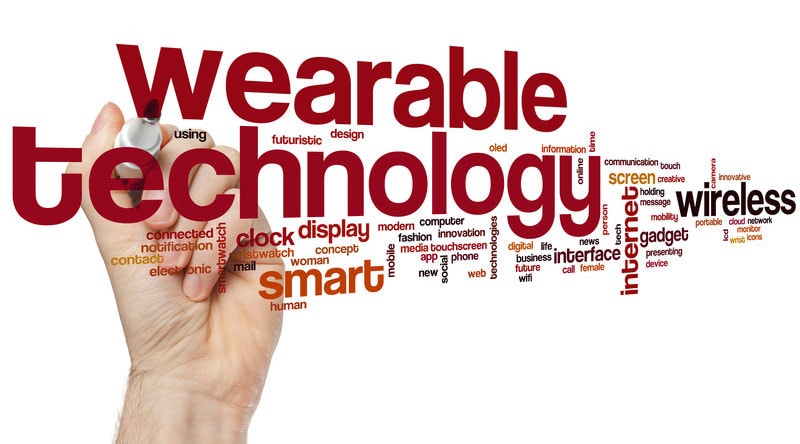In personal injury cases, the plaintiff’s medical record is important evidence that lawyers rely on to extract the relevant medical facts. Typically, a medical chart review company assists them in this regard and simplifies the medical record analysis. Lawyers also rely on the plaintiff’s testimony and expert advice from medical specialists to establish the negative effects the injury has made on their client’s life. Their effort would be to prove that their client has sustained injuries that have either rendered him/her unable to work or greatly reduced their capacity to perform their normal duties. An interesting development in the personal injury scenario is the prospect of wearable technology making its way to the courtroom to provide evidence.
What Are Wearable Devices?
We are talking about miniature electronic devices that are worn under or on top of clothing or attached to the body in some other way. Today, the most popular of these devices include wristbands for tracking exercise and fitness, smart watches that monitor your health, smart glasses, smart jewelry and implants among others. Wearable devices can collect a large amount of video as well as audio data on the exercise, eating, driving and other habits and behavior of the wearer and communicate this information over smartphones or computers to a third party. Devices such as Fitbit could make it easier for personal injury lawyers to prove the impact of an injury and establish that their client deserves compensation.
The arrival of wearable technology and its potential for growth could transform the way personal injury cases are argued and decided. It is estimated that one in six Americans use some form of wearable technology that provides detailed information about their day-to-day lives. The Pew Research Center reports that about 77% of the American population (around 250 million people) own and use smartphones. So, you can infer that the vast majority of Americans either wear or carry some type of tracking technology that could have considerable impact on personal injury lawsuits.
Using Data Generated by Wearable Devices
Activity and personal health tracking data could be used to prove or disprove the plaintiff’s claims. A person claiming to be seriously injured but whose movement data as provided by the wearable device shows that he/she has walked many miles or climbed a number of steps a day could face a dismissal. At the same time, wearable technology data could also corroborate an injury claim. Consider the example of a person who consistently followed an exercise regime before sustaining an injury. His/her smart watch will have recorded data regarding their day-to-day routine. If the uniformity of this data falls below the person’s average, the health condition before and after the accident can be determined and used as evidence. Wearable device data could also prove reduced mobility and disruption in sleeping patterns due to emotional trauma. Medical experts examining this data can provide a more accurate report of the injured person’s physical state and strengthen his/her position during a court hearing.
New smart watches and smartphones can help reconstruct the scenario just before a personal injury occurred. The evidence gathered thus can confirm or contradict witness statements and other testimonies. According to the ABA (American Bar Association), data generated by wearable devices has affirmed negative effects on personal injury cases by confirming reduced daily activities among victims. Such data has also contradicted claims of sexual assault and other alleged crimes by people making false statements to the police.
How Reliable Is Wearable Data?
Is wearable data reliable? It has been pointed out that a major concern with wearables is that they can be easily taken off, record faulty readings if they are dropped, and can also be worn by somebody else. The important thing for a lawyer is to establish data authenticity or reliability. The recorded data must be related to the injured person and not someone else, and it has to be accurate and legally valid to be admissible in court. Wearable device data is personal, and attorneys will have to make compelling arguments regarding the relevance of such data.
With increasing use of wearable technology, data generated by these devices could have potentially great impact on personal injury cases. Review of wearable data could become as significant as medical record review and decide the course of a case. Though concerns such as discovery and privacy issues could complicate the use of wearable device data, experienced attorneys can surely use such data to their clients’ advantage.




